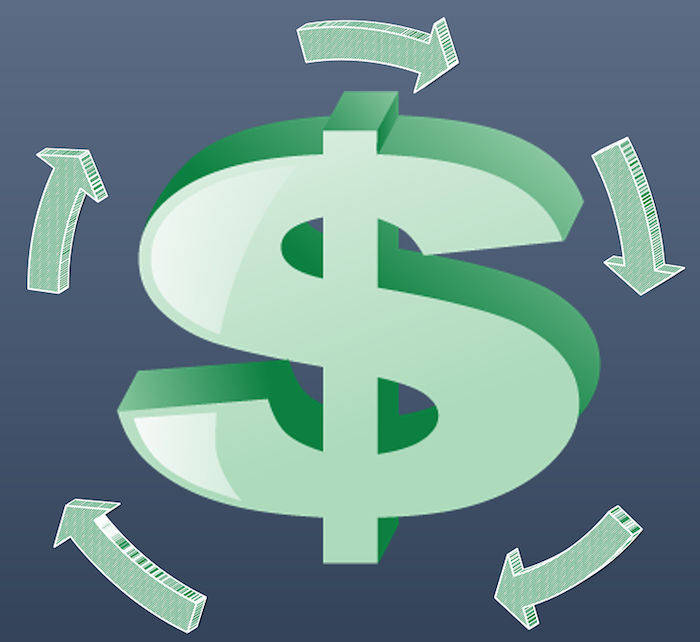Cash is king.
Almost all businesses have a cash squeeze at one time or another. When doing your business planning a very important component is the cashflow forecast, which will identify times when your business may need extra cash to bridge a period when for example the business buys stock before it is able to supply the finished product and invoice for it. Or there may be a period when a number of bills fall due which will be covered by later earnings.
Alternatively, opportunities may present for example to purchase stock in bulk at a discount or to conduct a marketing campaign, but where the business does not have the cash in hand to fund these.
A business cashflow loan is designed to plug these sorts of gaps. Producing a full cashflow forecast for the year will be very helpful, not only giving you an indication of when extra cash may be needed, it will also be useful to show a lender what is needed and when the loan can be repaid.

Most business cashflow loans are unsecured, that is they do not need security (‘security’ is where the lender requires the borrower to attach an asset – this may be a property or could be another type of asset – to guarantee the loan).
Unsecured loans are available to businesses – based on a set of lending criteria – for amounts of between $1,000 and $350,000. Applications are generally turned around within 24 hours and funds can be made available to the business within a few days and are made available either as a lump sum (ie the whole amount) immediately or as a line of credit.
If the loan is in the form of a lump sum, repayments are generally made on a regular basis over the term of the loan, which is normally one year. If the loan is instead in the form of a line of credit, minimum payments are made based on the amount of the line of credit that is actually used.
Things to consider before applying for a business cashflow loan
Before applying for a business cashflow loan, consider…
- Will the business be able to repay the loan? Have a look at the costs involved with the loan and work out if the business will be able to afford the loan.
- How much you can borrow. Check what the lending criteria are to make sure you meet these.
- How quickly you will receive the funds.
- How the repayments are structured. Lenders may be more or less flexible with repayment terms, so make sure you know what the repayment terms are.
- What fees and other charges you will have to pay. Check if there are upfront establishment fees and any other fees apart from the interest charges. Also check what late payment and default fees would be (sometimes these are charged daily). These can make a big difference to the overall cost of the loan.
- If the lender is a reputable operator. Research the lender thoroughly, both online and elsewhere.
- If you fit any other conditions imposed by the lender – most loans require the applicant to be over 18 years of age and the business to have been running for longer than a certain period (generally 3-6 months). There may also be a minimum monthly sales requirement and terms relating to the lease of your premises either a minimum period of occupation and/or minimum remaining lease period.
How are these types of loans treated for tax purposes?
Interest paid on loans and overdrafts are tax deductible, just as any expenses incurred in the normal course of running the business are, such as rent, phone/internet, insurances, wages, professional fees.
What documentation will I need to provide?
Generally documentation required is not extensive. You will need to provide bank statements and financial information on your business. You may also need to provide rental documentation for your business premises.
(image credit: https://pixabay.com/en/cash-flow-cash-flow-cycle-money-1462856/)




